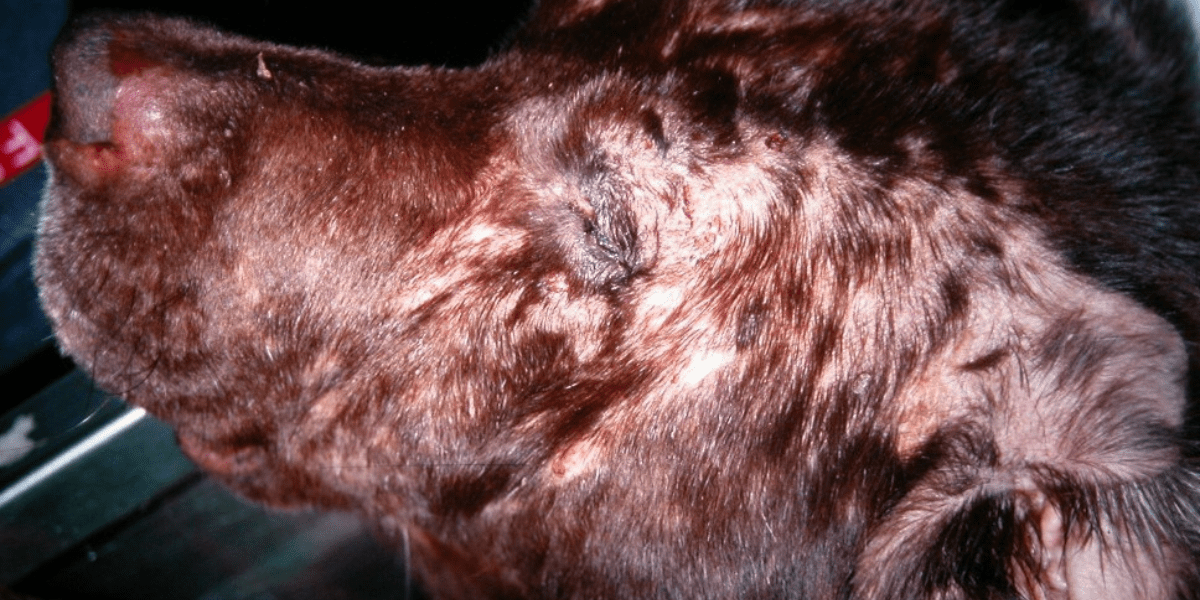New gene mapping methods find atopic dermatitis in dogs linked to certain parts of the genome
Several SciLifeLab-affiliated researchers have been involved in a newly published study that used new gene mapping methods to identify connections between atopic dermatitis (eczema) in dogs and several regions of the genome. Some of the identified genes coincide with genes linked to the similar human disease.
The findings are reported in a new study produced by the canine genetics group at Uppsala University and the Swedish University of Agricultural Sciences, which has been conducting research in this field for more than ten years in cooperation with colleagues in Switzerland, the United Kingdom and the United States.
Since the early 2000s, researchers have been using canine genome sequencing to understand the human genome. In many regards, there are overlaps between dogs and humans regarding atopic eczema, particularly in medical symptoms, early onset of the disease, and histopathological terms with similar immune cell infiltration in the skin.
One of the most critical findings in this study is that the genetic region containing the filaggrin gene, regarded as the most potent genetic risk factor for atopic eczema in humans, is also a risk factor in dogs.
– This highlights the value of canine studies of genetic diseases that also affect humans. A better understanding of the disease mechanisms may ultimately lead to better therapies for dogs and humans alike, says Kerstin Lindblad-Toh, SciLifeLab group leader and Professor of Comparative Genomics.
You can find the press release here: https://www.mynewsdesk.com/uu/pressreleases/atopic-dermatitis-in-dogs-linked-to-certain-parts-of-the-genome-3222798





